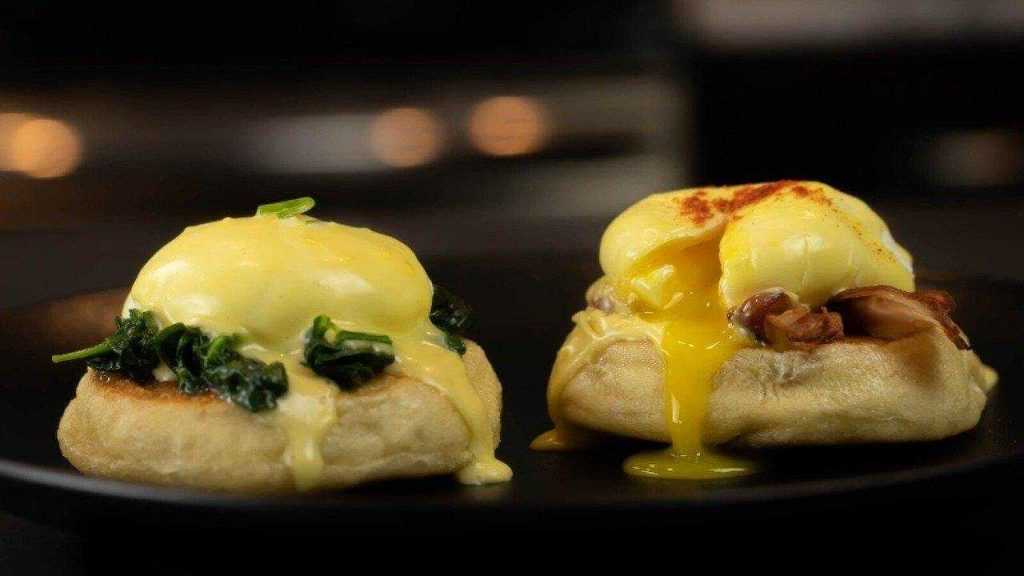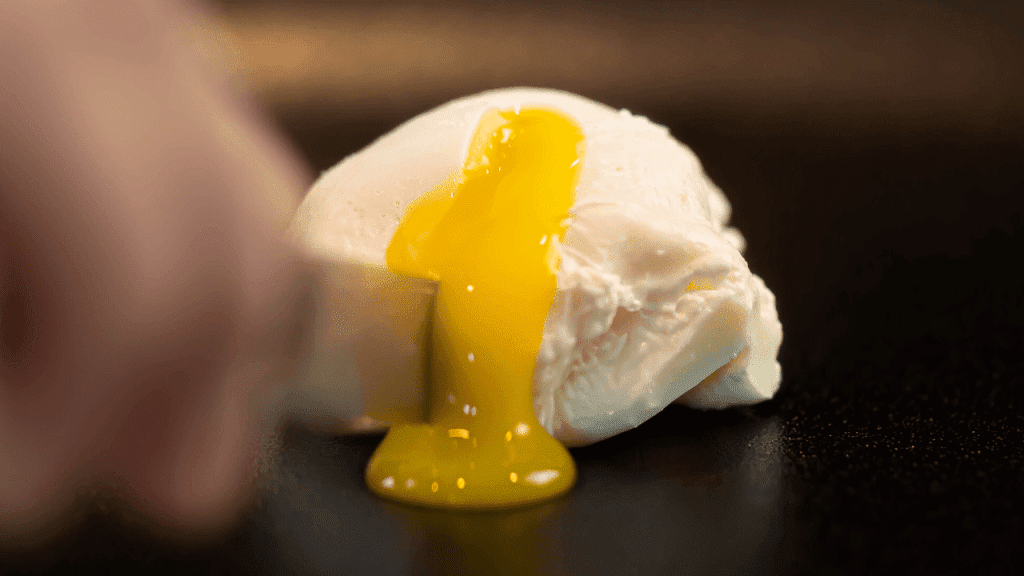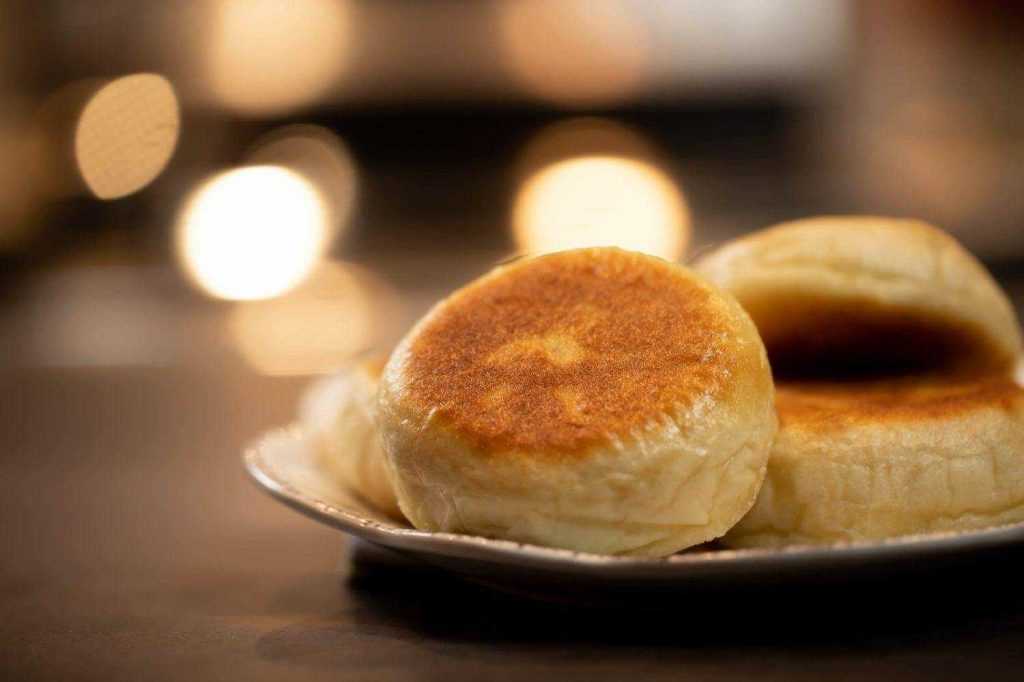Eggs Benedict & Florentine eggs (DREAM BREAKFAST for 2)
Eggs Benedict and Florentine eggs are known as a staple of a dream breakfast and even brunch! Many people, however, assume that they are pretty difficult to make and either avoid them completely in their home cooking, or cook only some of their components at home and rest purchase ready-made. In reality, though, both eggs Benedict and Florentine eggs are pretty straightforward to cooking, and quite doable for anyone with beginner-intermediate cooking skills. [siteorigin_widget class=”WP_Widget_Media_Video”][/siteorigin_widget] For the eggs Benedict you will need: 1 Poached egg 20 ml Hollandaise sauce 1 English Muffin 1 Bacon strip Fry the bacon in its own fat and assemble your Egg Benedict in the following order (bottom to top): English muffin (whole, or half) Bacon Poached egg Hollandaise sauce [siteorigin_widget class=”WP_Widget_Media_Image”][/siteorigin_widget] For the Florentine eggs you will need: 1 Poached egg 1 English muffin 20 ml Hollandaise sauce 20 g Spinach 5 g Butter Quickly saute spinach in butter (season to taste, if necessary), and assemble your Florentine egg in the same order as Egg Benedict (spinach here instead of bacon). For an easy SOURDOUGH BREAD recipe, click HERE You can also see more of my video recipes HERE
Eggs Benedict & Florentine eggs (DREAM BREAKFAST for 2) Read More »



